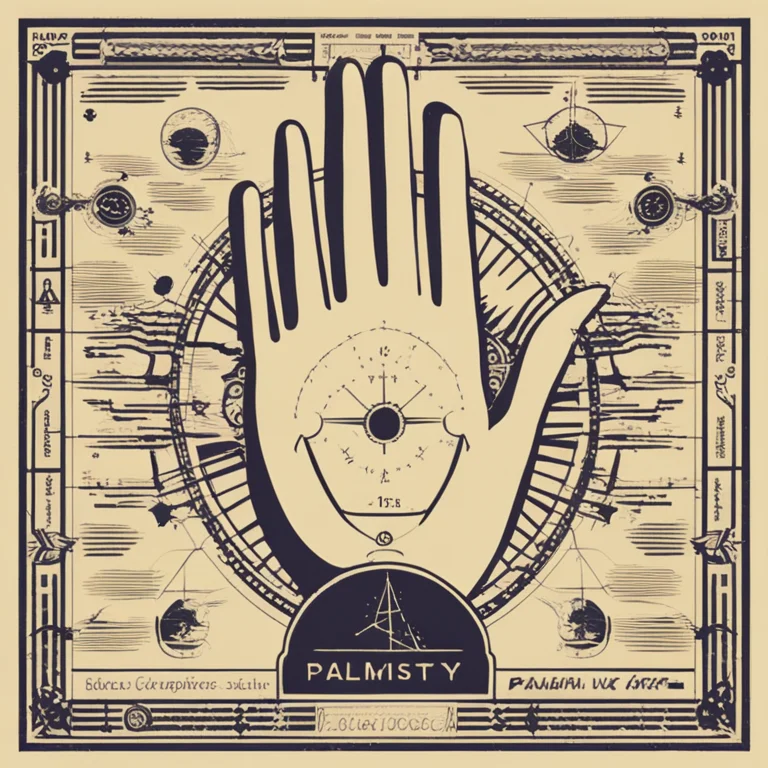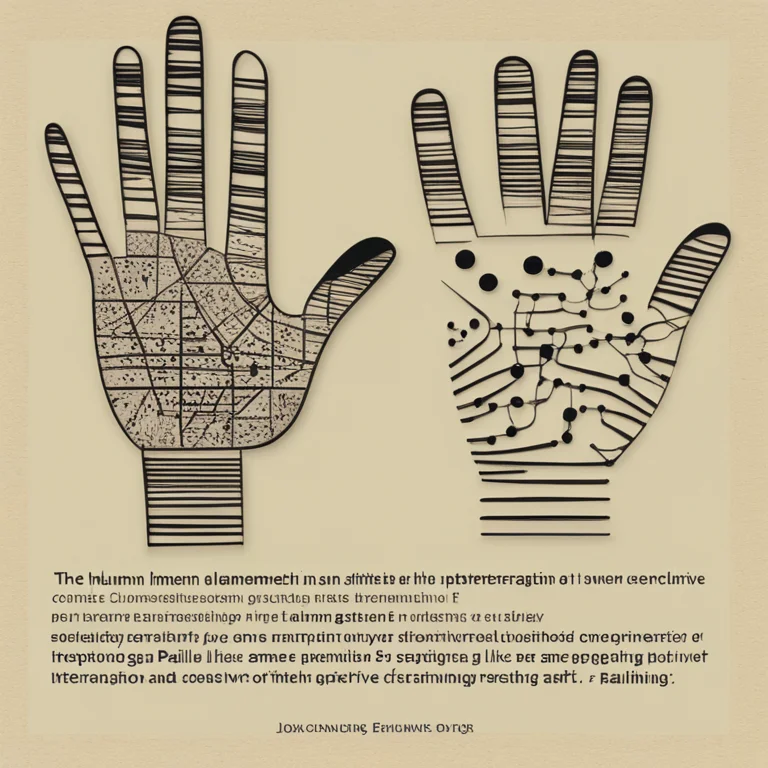
The World of Palmistry: Fact or Fallacy?
Delve into the debate on palmistry's validity and explore whether this ancient practice can sometimes lead to misconceptions.
article by Nora Pennington
Introduction to Palmistry's Veracity
Palmistry, also known as chiromancy, has been practiced for centuries as a means to understand more about a person's characteristics, life paths, and potential future based on the lines and features of the hand. Critics often raise the question of its accuracy, generating discussions around the scientific legitimacy and predictability of palm readings. This article seeks to explore the various factors contributing to discrepancies in palmistry interpretations, providing insight into whether this esoteric art can indeed be wrong.

The Human Element in Interpretation
One primary concern when considering the accuracy of palmistry is the subjective nature of interpretation involved. Just like art critics may differ in their interpretations of a painting, palmists can have varying readings of the same lines and mounts. Training, experience, and intuition play significant roles in how practitioners interpret the hands, which means two palmists might offer different insights to the same person. This human element introduces a level of unpredictability and suggests that palmistry is as much an art as it is a practice.

Consistency and Standards in Palmistry
The standards used in palmistry are not universally established, which can lead to inconsistencies. Unlike fields with strict guidelines and empirical methods, palmistry does not have a centralized authority that enforces uniform practices. Enthusiasts might argue that the principles of line interpretation have been consistent over time, but without a standard regulatory body, the application of these principles is left to individual discretion.

Scientific Scrutiny and Evidence
From a scientific perspective, studies on palmistry have not shown conclusive evidence that links hand features to personality traits or future events with a high degree of accuracy. Palmistry exists largely outside the realm of scientific validation, and there are no peer-reviewed studies that support the reliability of palm readings across a significant population. This lack of empirical support suggests that palmistry may not always adhere to factual correctness.

The Role of Confirmation Bias
Confirmation bias can also affect the perceived accuracy of palmistry. Humans have a natural tendency to remember "hits" and forget "misses." This means that when a prediction seems to come true, it's enthusiastically validated; however, when a prediction does not materialize, it is often dismissed or forgotten. This cognitive bias can create an illusion of accuracy even when a practice is not statistically reliable.
Palmistry as a Reflective Tool
Despite the skepticism, palmistry continues to be a popular form of self-reflection and guidance. Many individuals turn to palmistry not for its predictive power, but for its ability to stimulate introspection and dialogue. Whether or not the readings are correct in a literal sense, the practice can offer psychological benefits, serving as a catalyst for personal insight and growth.
Final Thoughts
In conclusion, while palmistry offers an intriguing exploration of personal narratives and destinies, it is subject to subjective interpretations and lacks empirical support. Whether palmistry is right or wrong may be less of a dichotomy and more of a personal belief in the value that the practice provides to the individual. As with all esoteric arts, its worth and accuracy ultimately lie in the eye of the beholder.
Published: 1/11/2024
Modified: 1/12/2024
More predictions
Come back here soon to learn more about yourself and your future


The Secrets of the Jupiter Mount & Palmistry
Discover the significance of the Jupiter Mount in palm reading and how it reflects your leadership and ambition.


Palm Lines: A Guide to Your Hands' Secrets
Learn the art of reading palm lines with our straightforward guide. Discover what your hands reveal about your personality, destiny, and life!


Jupiter Mount & Palmistry:Exploring The Significance
Delve into the secrets of the Jupiter mount on your palm and discover how it reflects your leadership and ambition.